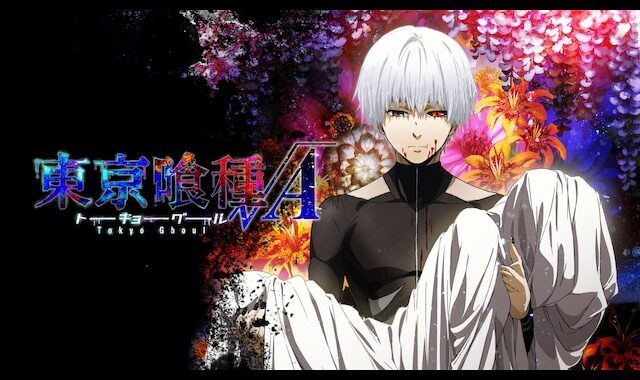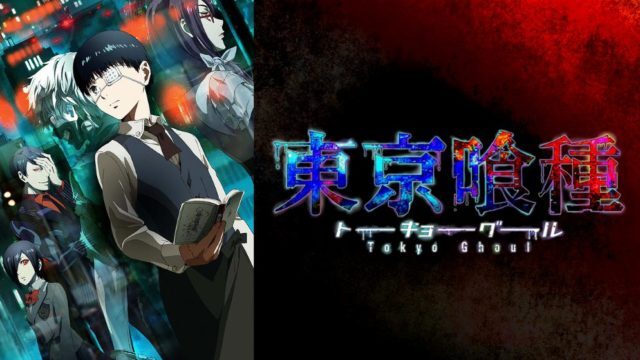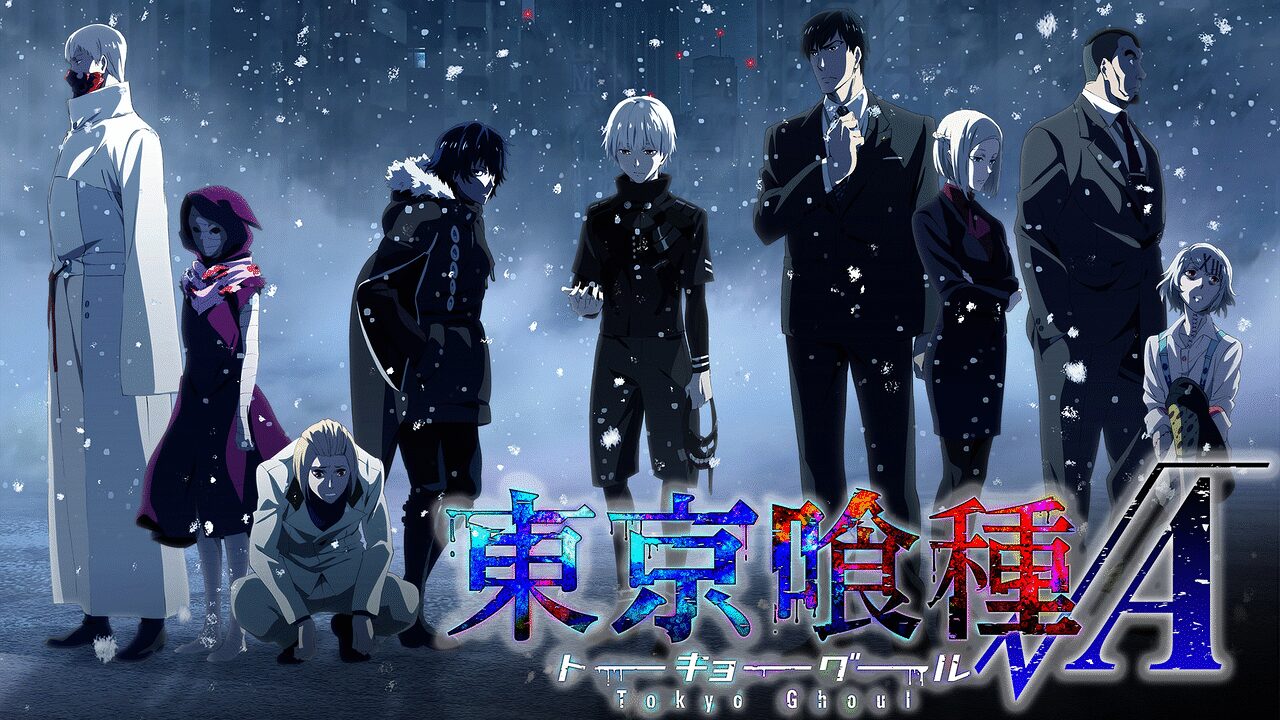- Introduction: Tokyo Ghoul – Unveiling the Controversies and Exploring the Depths of Fan Discourse
- 1. Overview of Tokyo Ghoul
- 2. Differences Between the Anime and the Original
- 3. Mixed Reviews of the Anime
- 4. Production Challenges
- 5. Voices from International Fans
- 6. Conclusion and Future Prospects
- Conclusion
Introduction: Tokyo Ghoul – Unveiling the Controversies and Exploring the Depths of Fan Discourse
Greetings, fellow anime enthusiasts!
Today, we embark on a captivating journey into the realm of Tokyo Ghoul, a dark fantasy anime that has captivated audiences worldwide with its blend of thrilling action, grotesque imagery, and profound psychological exploration.
However, amidst its undeniable popularity, Tokyo Ghoul has also been a subject of intense debate and controversy,
with fans and critics alike expressing a wide range of opinions regarding its adaptation, narrative choices, and overall impact.
In this comprehensive exploration, we delve into the depths of the Tokyo Ghoul discourse, unraveling the complexities that have fueled both ardent adoration and scathing criticism.
We’ll examine the anime’s divergence from its source material, the manga, and investigate the reasons behind the stark contrast in reception between the two mediums.
Prepare to immerse yourselves in a captivating analysis of Tokyo Ghoul, where we:
- Unveil the contentious aspects of the anime’s adaptation, shedding light on the creative decisions that sparked both praise and condemnation.
- Explore the diverse perspectives of fans and critics, delving into the arguments that have shaped the ongoing Tokyo Ghoul debate.
- Examine the anime’s impact on the broader anime community, assessing its influence on storytelling trends and fan engagement.
As we navigate this intricate landscape of opinions, we invite you to:
- Embrace open-mindedness and critical thinking, approaching the discussion with a willingness to consider diverse viewpoints.
- Appreciate the depth and complexity of Tokyo Ghoul, recognizing the factors that have contributed to its enduring appeal and the controversies that surround it.
- Engage in respectful discourse with fellow fans and critics, fostering a community where diverse opinions can be expressed and debated constructively.
Join us as we embark on this enlightening journey into the world of Tokyo Ghoul, where we uncover the truths behind the controversies and celebrate the enduring legacy of this captivating anime.
1. Overview of Tokyo Ghoul

About the Series
“Tokyo Ghoul” is a seinen manga serialized in Weekly Young Jump from 2011 to 2014. Its sequel, “Tokyo Ghoul
,” ran from 2014 to 2018. Both series were later adapted into anime.
Plot Summary
The story follows Ken Kaneki, a college student who is transformed into a half-ghoul after a near-fatal encounter. He struggles to maintain his human life while navigating the ghoul world.
2. Differences Between the Anime and the Original

Deviation from the Source Material
The anime adaptation of “Tokyo Ghoul” significantly diverges from the original manga.
Notably, “Tokyo Ghoul √A,” the second season, features an original storyline created by Sui Ishida, differing greatly from the manga’s narrative.
This divergence has led to criticism from fans who feel the anime undermines the essence of the original work.
Fan Reactions
Fans of the manga have expressed dissatisfaction with the anime for omitting crucial scenes and underdeveloping characters.
The rapid pace of the story in the anime often makes it difficult for viewers to connect emotionally with the characters.
3. Mixed Reviews of the Anime

Pros and Cons
The reception of the “Tokyo Ghoul” anime is polarized.
- Positive Reviews: The anime is praised for its high-quality animation, intense action scenes, and strong voice acting. These elements are often highlighted as strengths of the series.
- Negative Reviews: Critics point to the fast-paced storytelling, lack of character depth, and a confusing ending, particularly in “Tokyo Ghoul √A.” The original storyline in the second season, which deviates from the manga, has been a major point of contention.
4. Production Challenges
Tight Schedules and Quality Issues
The anime’s production faced tight schedules, leading to inconsistent animation quality. Some episodes suffered from noticeable dips in visual quality, which disappointed viewers.
Lack of Respect for the Source Material
The perceived lack of fidelity to the manga significantly impacted the anime’s reception. Fans felt that the adaptation did not honor the depth and complexity of the original story.
5. Voices from International Fans

Global Reception
Internationally, the anime has received a mixed response similar to that in Japan.
While some international fans appreciate the animation and action, others are critical of the same issues highlighted by Japanese fans, such as the story’s pacing and character development.
Cultural Differences
There are notable differences in how Japanese and international fans perceive the series.
Japanese fans often prioritize the fidelity to the original manga, whereas international fans might be more forgiving of deviations if the visual and action elements are compelling.
6. Conclusion and Future Prospects

Overall Assessment
The “Tokyo Ghoul” anime is a mixed bag, with its visual and auditory elements praised but its storytelling and character development criticized.
The divergence from the manga and the rapid pacing have been major points of contention.
Future Prospects
Looking ahead, there is interest in potential future adaptations that might stay truer to the source material.
Fans are hopeful for adaptations that capture the manga’s depth and complexity more faithfully.
Conclusion
Summary
The criticisms of the “Tokyo Ghoul” anime stem from its divergence from the manga, rapid story pacing, and shallow character portrayals. These factors have led to a divided reception among fans.
Message to Readers
For those interested in “Tokyo Ghoul,” comparing the anime with the manga can offer deeper insights into the story and characters.
As we anticipate future adaptations, there’s hope for versions that will do justice to the beloved original work.






コメント